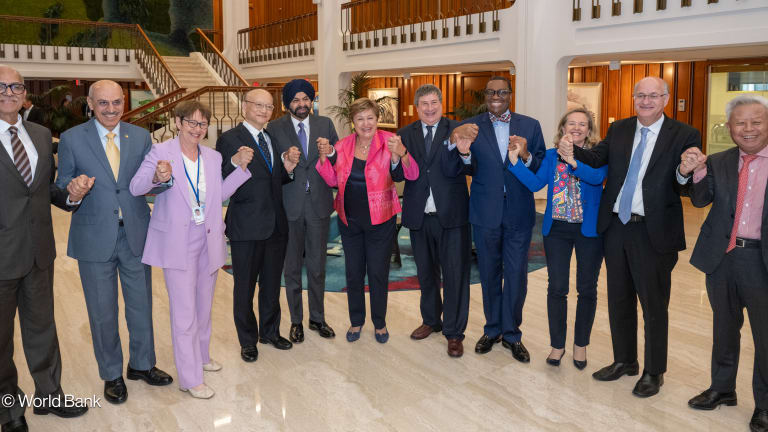This month, world leaders met in Marrakech to discuss how to unleash $125 billion in new lending through World Bank reforms. There was universal support for bank President Ajay Banga’s proposed reforms, although it is clear that shareholders will not be injecting more capital into the bank. This begs the question of how multilateral development banks, including the World Bank, can have a greater impact on their current balance sheet. As mayors of two cities in the global south, we believe that this work will be in vain if it does not focus on how to get much more investment into cities.
The path to net zero runs through the world’s cities. They are home to over half the world’s population, generate more than 80% of global gross domestic product, and an estimated 75% of greenhouse gas emissions. City governments are at the forefront of the climate crisis: they are already facing climate risks, including severe flooding and extreme heat, as well as receiving climate migrants. They must also invest in low-carbon, resilient infrastructure to accommodate the projected 2.5 billion increase in urban population by 2050.
Many municipal governments have developed ambitious climate action plans and targets to cut emissions and support adaptation. But most — particularly in the global south — lack access to the funding they need for implementation. Their projects are seen as too small or too risky to attract private investment. To complicate matters, many cities are not able to raise taxes or borrow directly from MDBs, and major international financial institutions develop investment projects informed by national government priorities, which frequently leave cities out of the equation.









